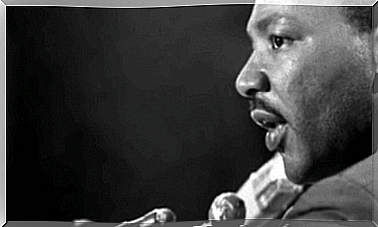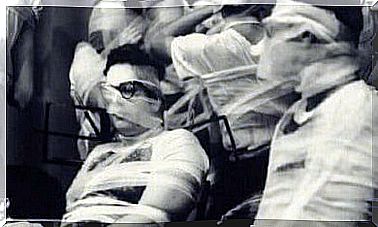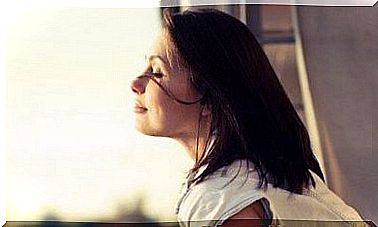Creative Despair: Light Beyond Malaise

Creative despair reminds us that sooner or later we have to do it: stop, face suffering and our resistances. Far from feeding the repertoire of avoidance strategies, this technique invites us to accept reality, welcome the desperation to travel with it, but in turn creating a new itinerary, a new brighter purpose where there is room for hope. .
The creative desperation is a psychotherapeutic tool that is part of the therapy of acceptance and commitment. For readers who are unfamiliar with this approach, we can say that it falls under the so-called third generation therapies.
The therapy of acceptance and commitment results in positive changes in the subject that uses it. First, it fights automatic thoughts, those that cause suffering and often subject to destructive dynamics, with which pain is nourished. Secondly, it fosters direct, human and enveloping closeness with the patient through a fluid and comfortable dialogue, free from judgments. Thanks to these dynamics, useful changes are generated and more adaptive behaviors are nurtured.
For this purpose, the so-called creative despair is often used, which can bring the patient closer to his values, obtaining a state of calm and inner harmony with which to find new opportunities and an adequate state of mind to seize them.

Creative despair – what is it all about?
To better understand creative despair, we present a short story. The protagonist of this story is a farmer, who is proposed to carry out a strange task from which he will gain a great advantage. The assignment is to work a field with only the help of a donkey and a shovel, but on one condition: he must keep his eyes blindfolded.
The good man begins his work, but he does not know is that the field is full of holes. Predictably, our protagonist falls into one of them. Without knowing what to do and how to get out, the farmer takes off his blindfold and uses the only tool he has at his disposal: the shovel. So, and for almost a full day, he starts digging a tunnel, but he soon realizes that he is going deeper and deeper underground.
He then decides to opt for another strategy . Perhaps, he must give this shovel another use …
This small example illustrates the essence of creative despair in an original way. Often our avoidance behaviors throw us into a state of greater despair and intensify the complexity of the original problem.
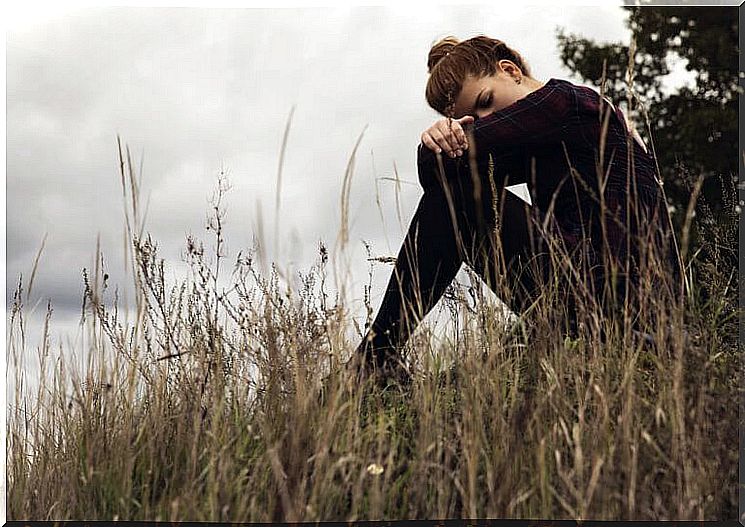
Purpose of creative despair
When a person goes to the psychologist, he does not come alone. It carries with it a baggage full of distorted thoughts, defensive barriers, limiting attitudes, erroneous areas, past, wasted present and anguish towards life.
Getting the patient out with the feeling of “feeling a little better” is not easy and it is not even the main purpose of a psychological session. It is necessary to trace a path and give hope to this person. However, how do you do it? How to make the patient go home with a little more light in the face of the pitch darkness that condenses his mind? As curious as it may seem, creative despair is a good start, a sometimes powerful tool. Let’s see why.
- The first goal is to get the patient to accept his negative experiences and those he cannot control. Far from fighting, running away and obsessing over these events, it is time to embrace despair, transition with it and accept that this path is meaningless. “I accept it to let it go.”
- After accepting these painful or distressing events, through dialogue the psychologist proceeds to orient his patient towards different options. Way out of positive reinforcement, with a purpose, a real hope.
- Similarly, the psychologist will help the patient understand that what happened is no longer useful. The patient’s desperation can act as an impulse, as an engine to find new ways out. It is like someone who takes two steps back to be able to jump higher.
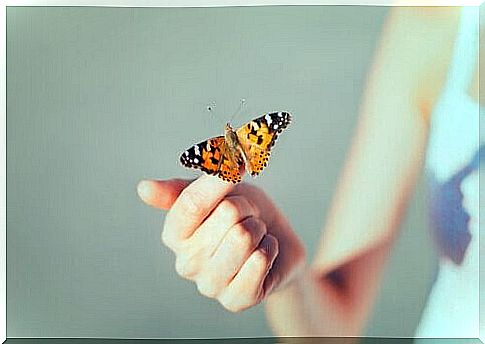
Creative despair can and must be applied beyond the psychotherapeutic realm. It has happened to all of us, in fact, to have fueled our malaise in an attempt to escape from something. It is like someone who drives in a city he does not know and passes through the same roundabout several times.
Leaving this roundabout, seeing the light as well as one’s malaise, first of all implies understanding that it is useless to use the same strategy repeatedly, since it will always give the same results. We need to break the circle, stop running away, accept that we are lost, not be able to move forward and, consequently, look beyond. We need to keep our heads up and get out of our own trap to discover different paths, healthier and more liberating roads.

